Portugal’s countryside reveals a different side of this increasingly popular European destination. Beyond the bustling streets of Lisbon and Porto, and past the crowded beaches of the Algarve, lie timeless villages where life moves at a gentler pace.
These settlements offer authentic glimpses into Portuguese culture, with stone cottages clustering around ancient churches, elderly residents chatting in town squares, and traditional practices continuing much as they have for centuries. Here is a list of 20 tranquil Portuguese villages that reward travelers willing to venture beyond the established tourist trail.
Monsanto
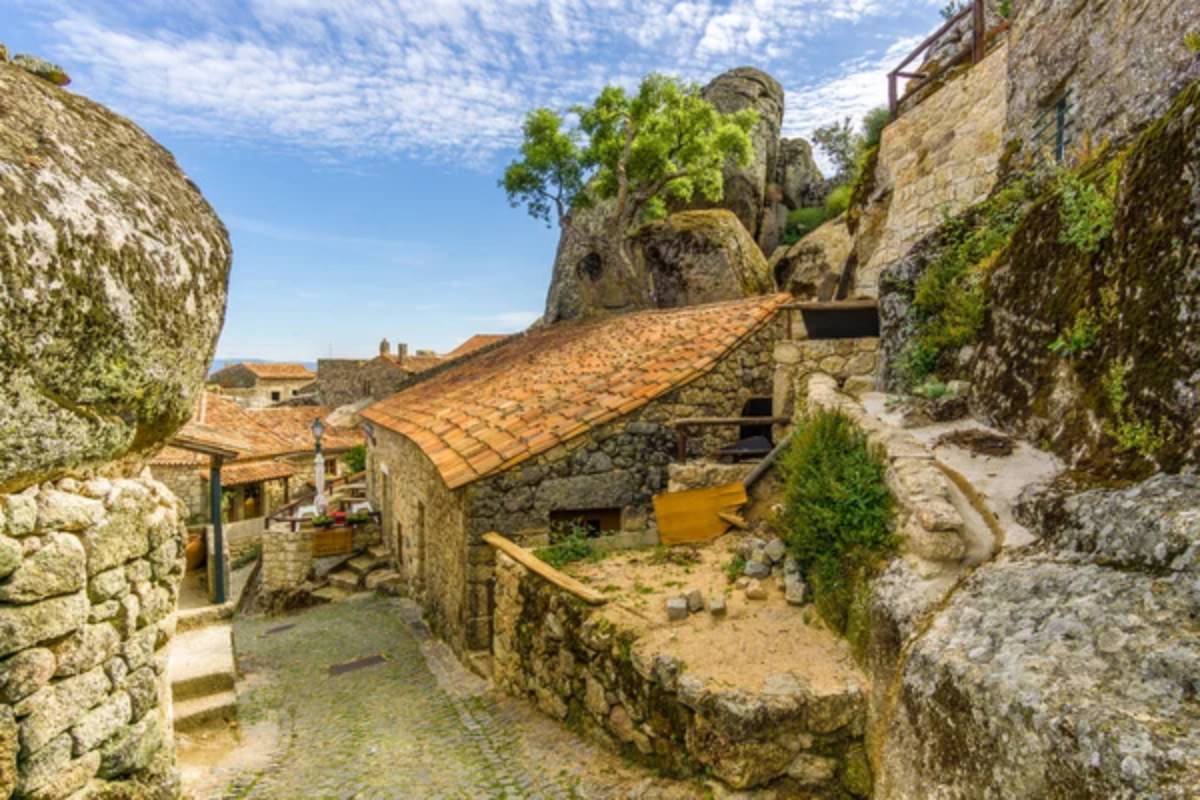
Nestled among massive granite boulders that become part of the architecture itself, this extraordinary village in eastern Portugal appears to grow organically from the mountainside. Houses are squeezed between, under, and around enormous rocks, with some boulders serving as walls or roofs of dwellings dating back centuries.
The village earned the title ‘Most Portuguese Village in Portugal’ in a 1938 national competition, and its isolated location has helped preserve traditions, including distinctive folkloric celebrations held throughout the year.
Piódão
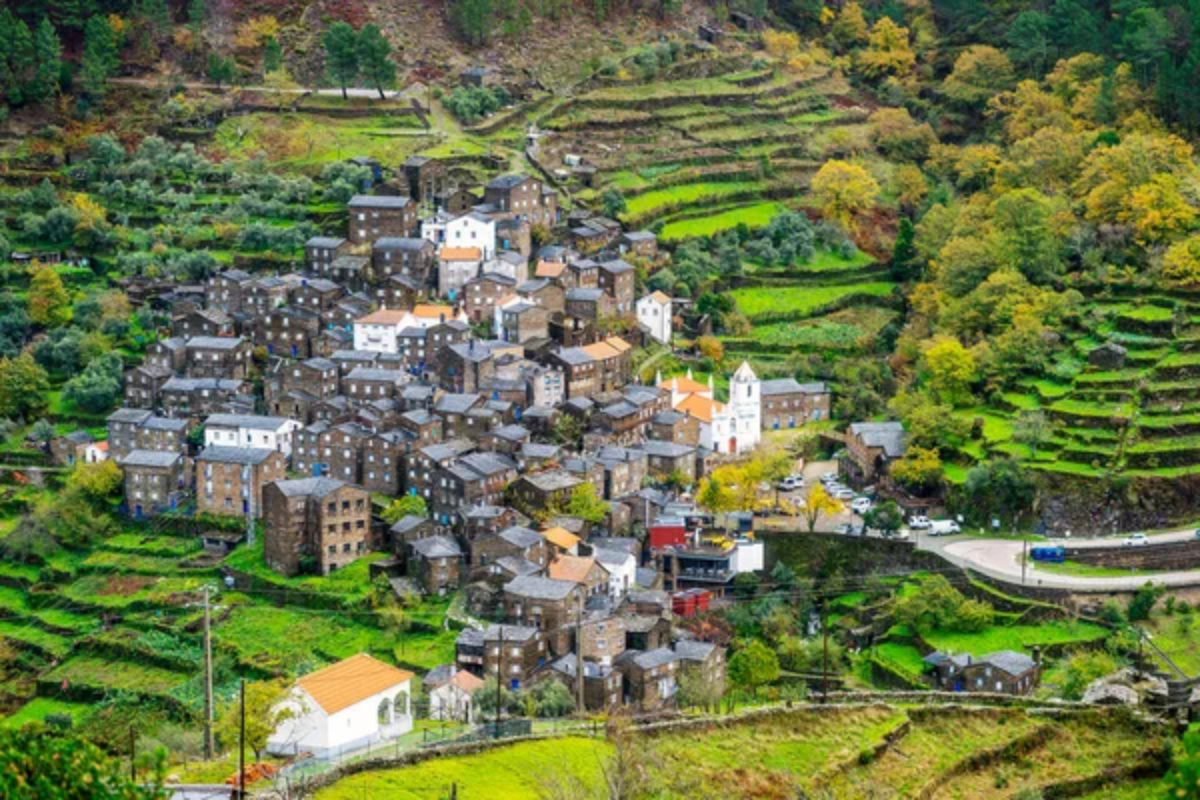
This remote mountain village built into a steep hillside resembles a living nativity scene with its tightly clustered schist stone houses featuring distinctive blue-trimmed doors and windows. The uniform construction creates a harmonious whole, with all buildings made from the same local slate, giving Piódão its distinctive monochromatic appearance.
Narrow cobblestone streets wind between centuries-old dwellings, too narrow for cars and perfect for contemplative wandering through this architectural time capsule.
Like Travel Pug’s content? Follow us on MSN.
Óbidos
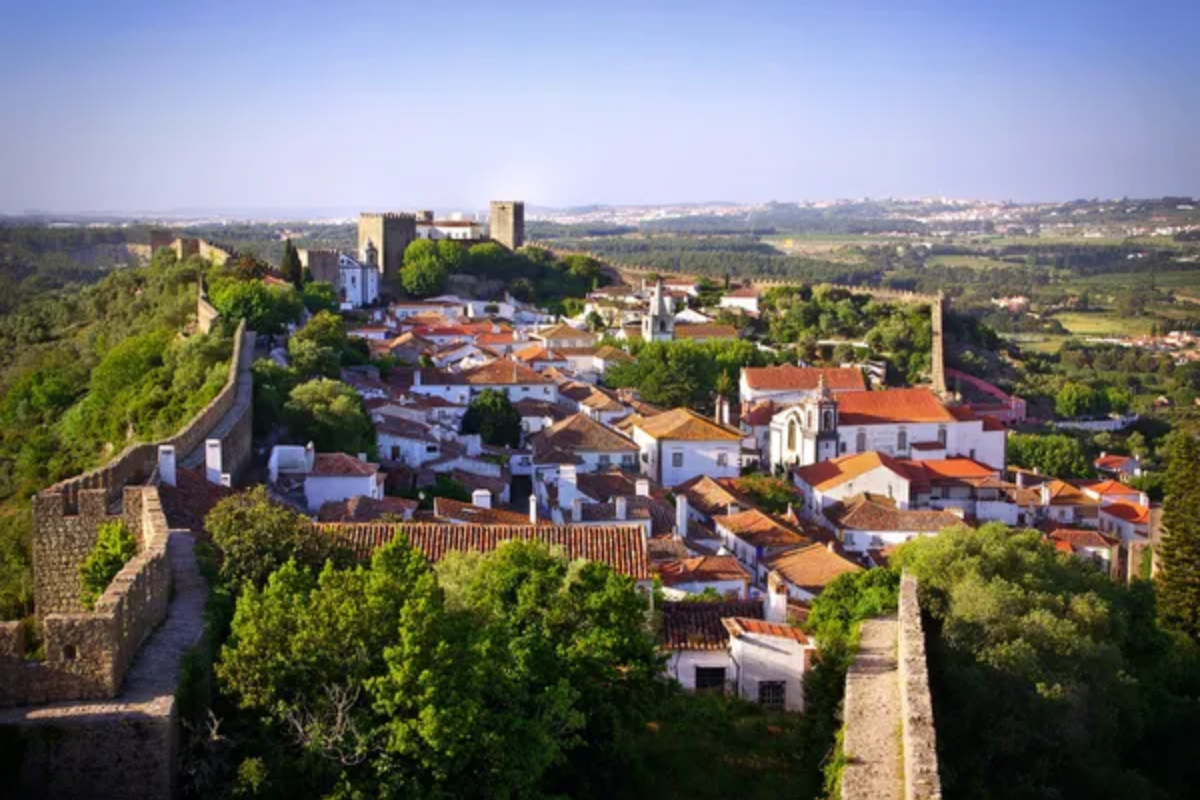
Though increasingly discovered by day-trippers, this walled medieval town still offers tranquil moments for visitors who stay overnight after the tour buses depart. The complete castle walls encircle whitewashed houses adorned with colorful flowers and climbing vines, creating postcard-perfect vistas around every corner.
The tradition of ginjinha, a sour cherry liqueur traditionally served in chocolate cups, originated here and provides a perfect evening refreshment while watching the sunset from the ancient ramparts.
Sortelha
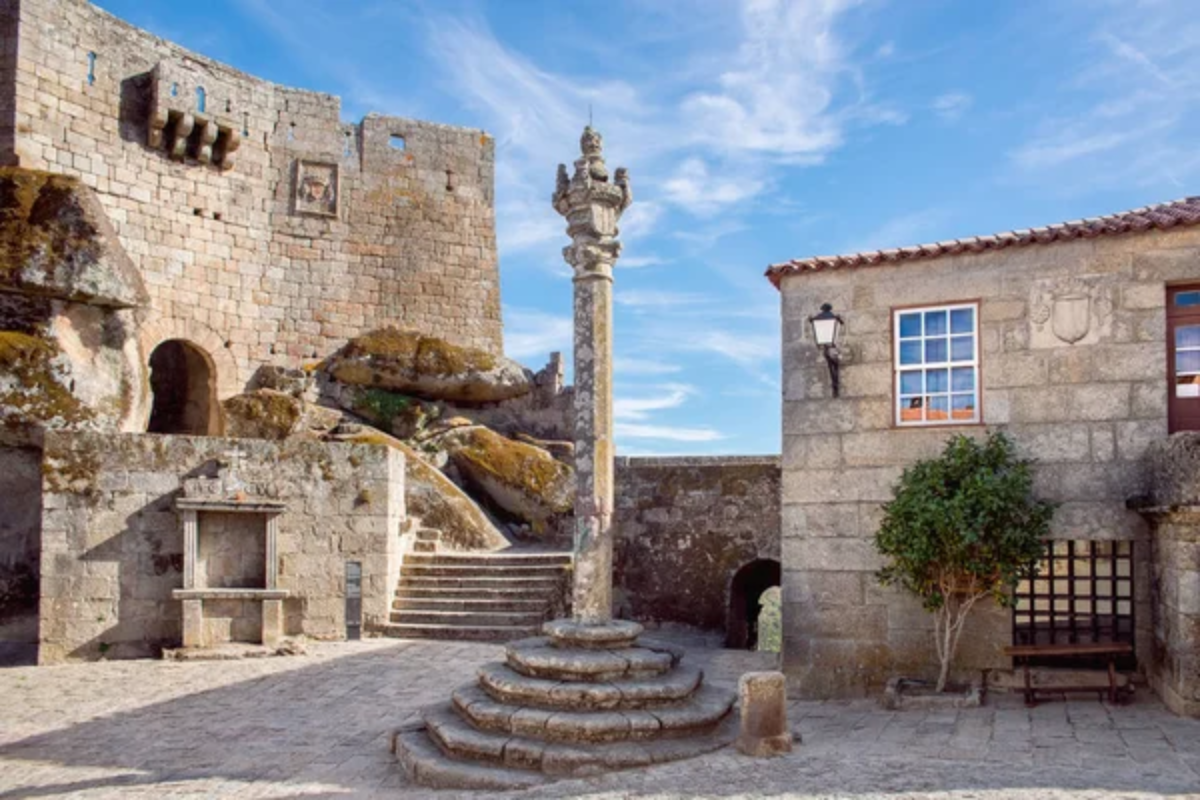
This granite village near the Spanish border remains largely untouched by modern development inside its perfectly preserved medieval walls. The massive castle keep towers over stone houses that have changed little since the Middle Ages, with some structures incorporating boulders directly into their foundations.
Time seems suspended as visitors wander the car-free village center where elderly residents still bring their chairs outside to catch the afternoon sun and exchange news.
Idanha-a-Velha
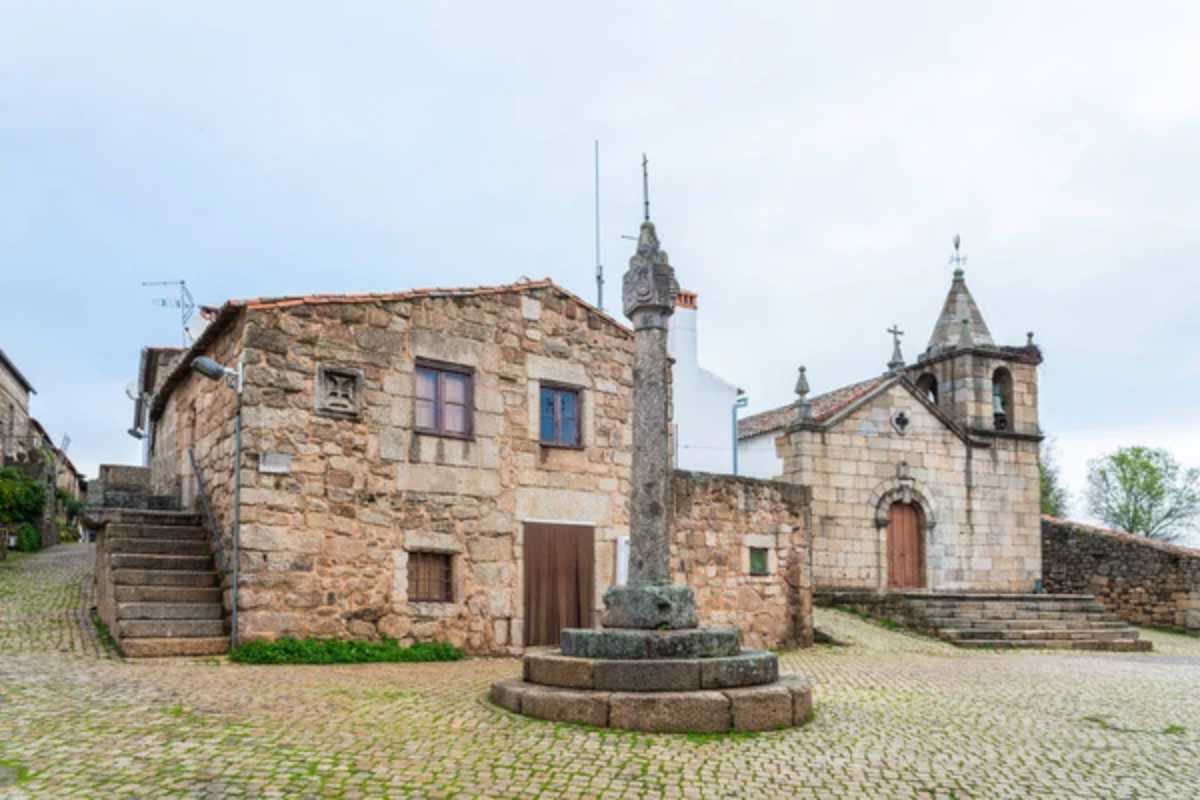
Once an important Roman city with over 10,000 residents, this tiny village now houses fewer than 100 people living among remarkable archaeological remains spanning multiple civilizations. The impressive Visigothic cathedral built on Roman foundations stands alongside a rare Templar church and traditional homes constructed using stones from ancient structures.
The peaceful setting belies the settlement’s historical importance as one of the oldest continuously inhabited places in Portugal.
Like Travel Pug’s content? Follow us on MSN.
Talasnal
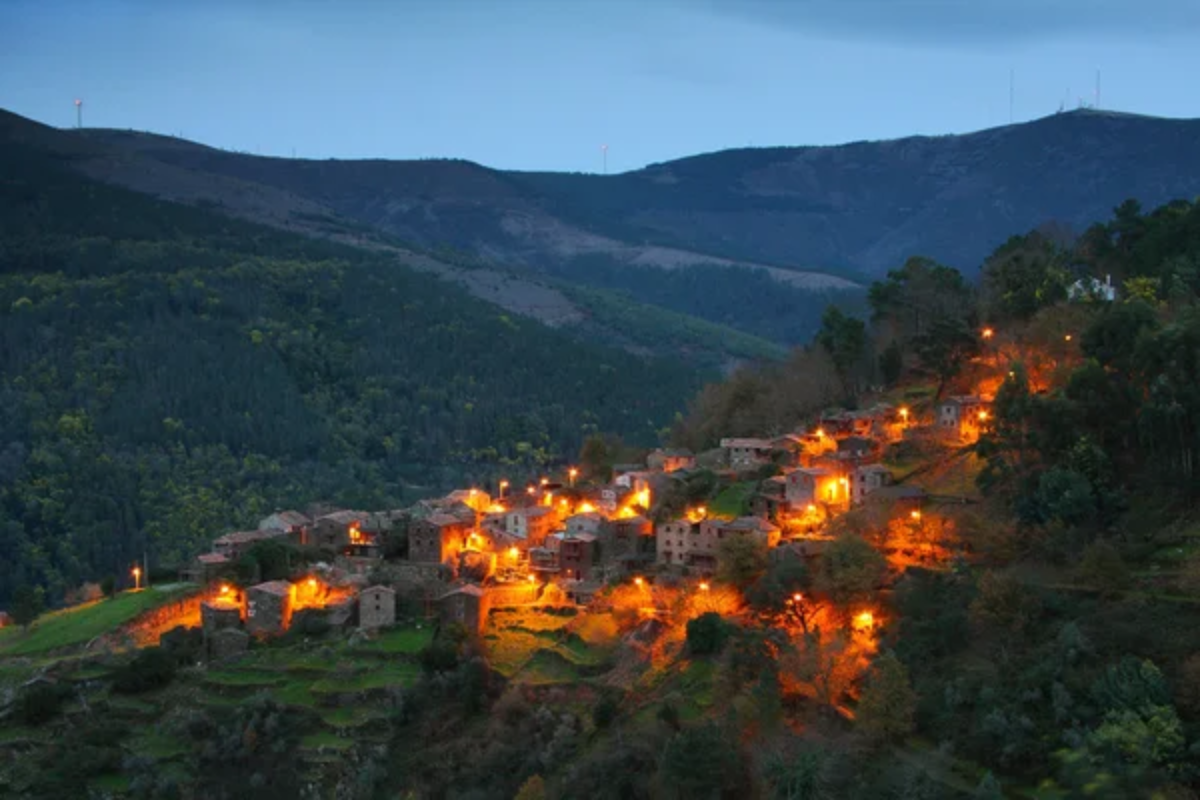
Abandoned in the mid-20th century and slowly coming back to life, this schist village in central Portugal offers magnificent mountain views alongside lovingly restored traditional architecture. The entire village is constructed from local golden-brown stone that glows magnificently at sunset when viewed from nearby vantage points.
Weekend visitors from Lisbon have established boutique accommodations and small cafés, while maintaining the settlement’s architectural integrity and peaceful atmosphere.
Sistelo
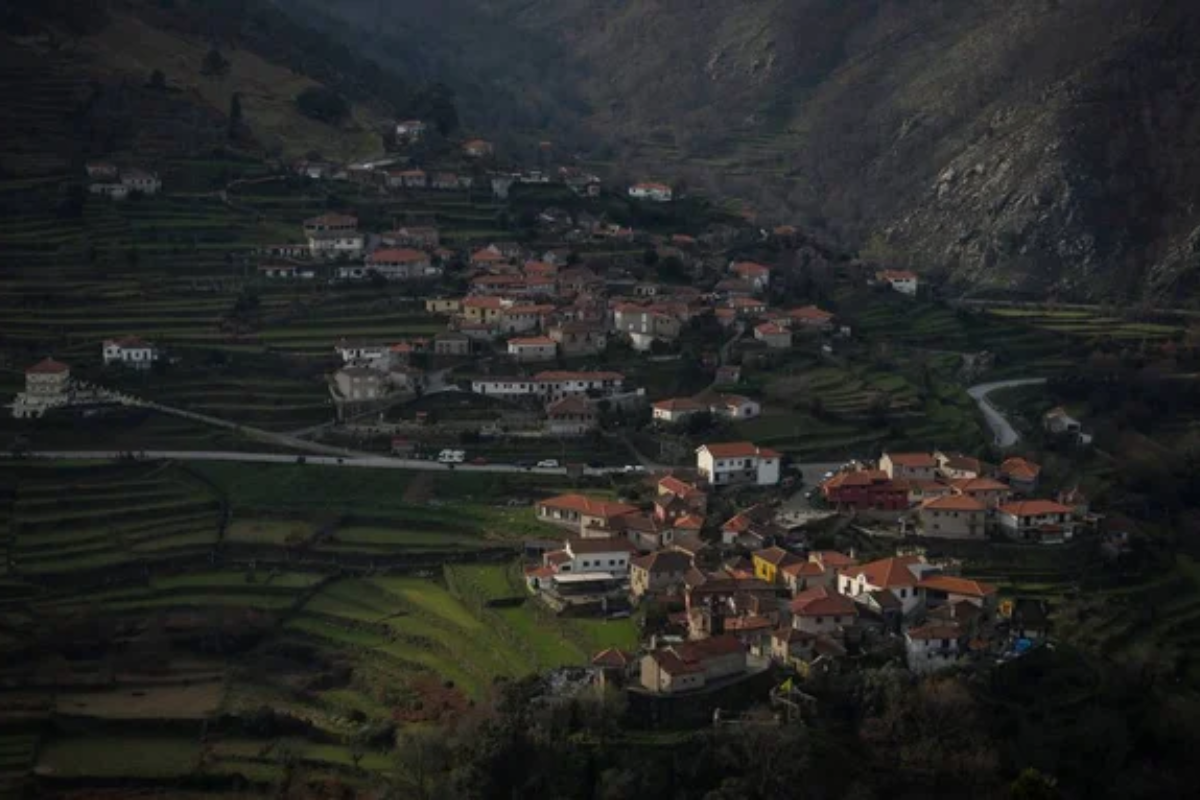
Often called ‘Portuguese Tibet’ because of its terraced agricultural landscape, this northern village features stone-walled farming platforms rising dramatically up mountainsides. The terraces represent centuries of human adaptation to challenging mountain terrain, creating a cultural landscape recognized by UNESCO.
The village center retains traditional granite espigueiros (corn storage structures) built on pillars to protect grain from rodents, along with a small castle-like manor house overlooking the stepped fields.
Castro Laboreiro
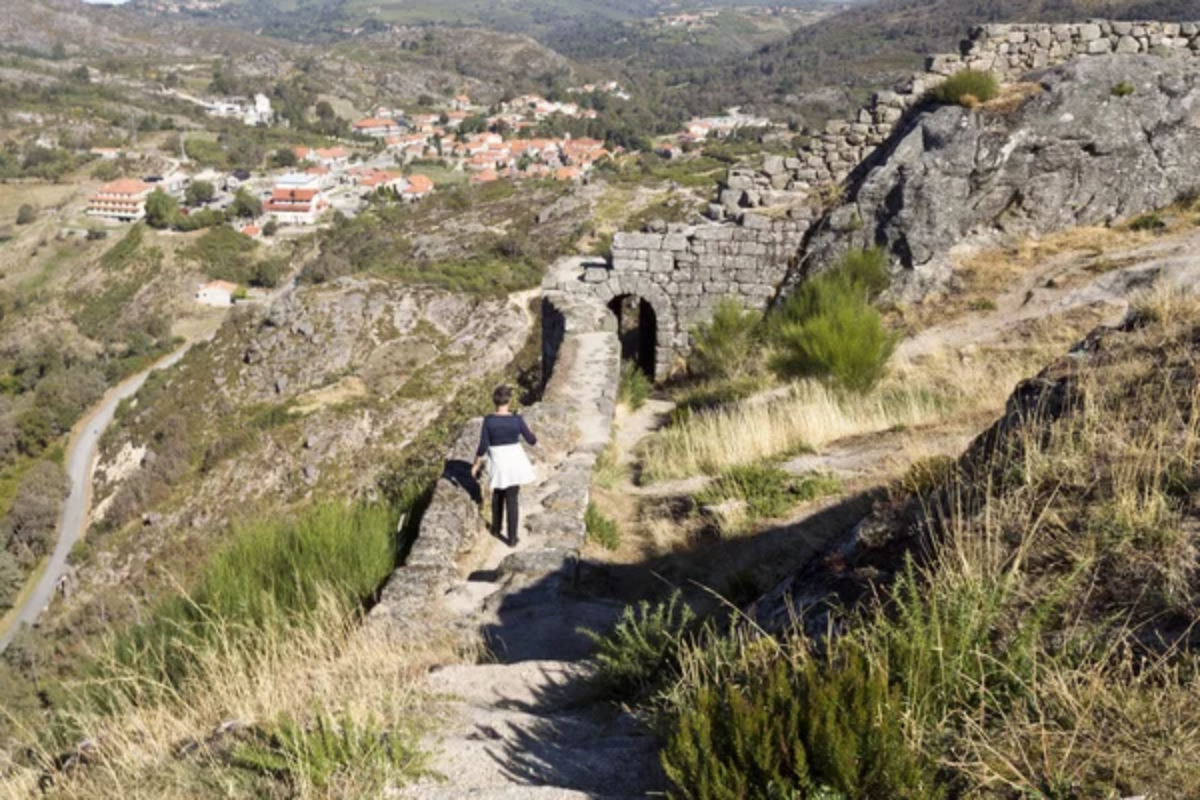
This high mountain village near the Spanish border served for centuries as a summer settlement for semi-nomadic shepherds who practiced seasonal migration with their flocks. Stone houses with distinctive thatched roofs stand much as they have for centuries in this isolated community where traditional Cachena cattle still graze nearby pastures.
The imposing medieval castle ruins overlook a village that maintains strong connections to ancient Celtic traditions, still evident in local folklore and customs.
Like Travel Pug’s content? Follow us on MSN.
Mértola
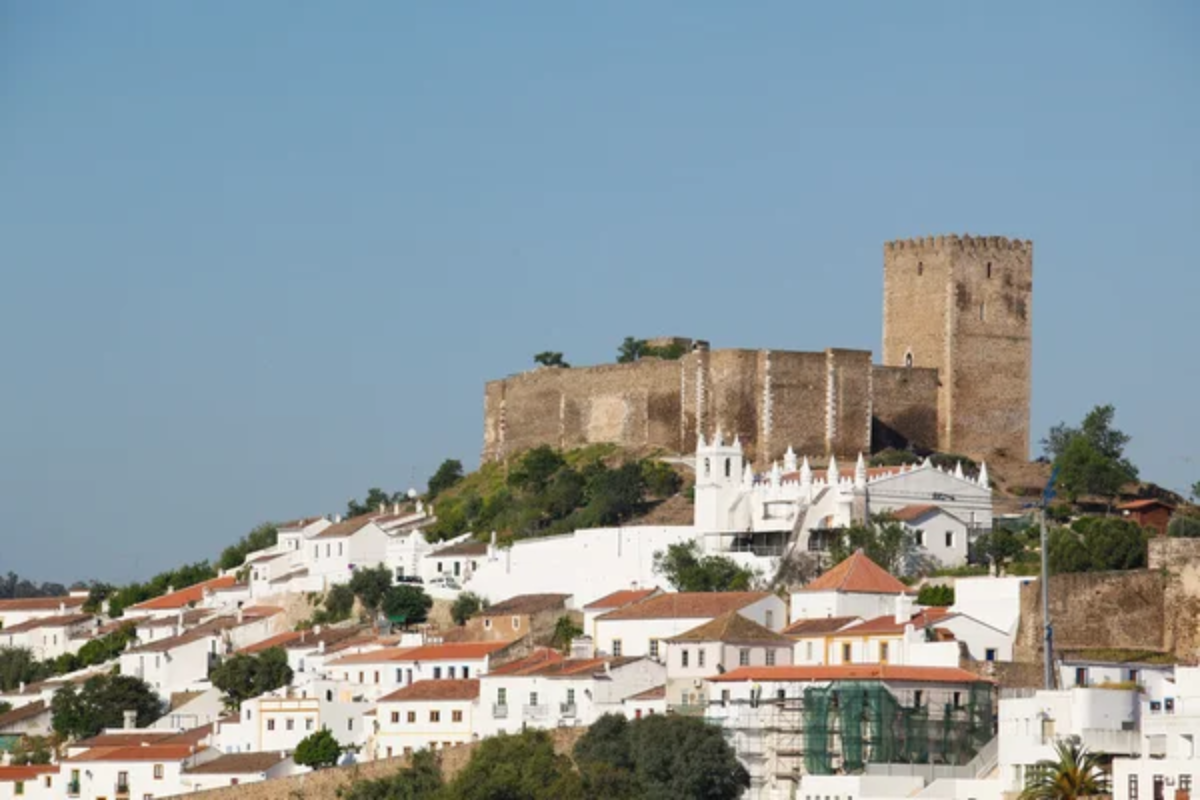
This photogenic riverside village in the Alentejo region showcases Portugal’s diverse cultural heritage with remarkably preserved Islamic architecture alongside Christian monuments. The village mosque, later converted to a church while maintaining much of its original structure, represents the finest example of Moorish architecture in Portugal.
The peaceful setting on a hill above the Guadiana River creates perfect conditions for watching spectacular sunsets over the surrounding plains.
Castelo Rodrigo

Standing proudly on a hilltop overlooking vast plains extending to Spain, this fortified village features an impressive medieval layout largely unchanged since the 12th century. The village experienced both glory and tragedy, with architectural scars still visible from the 17th-century destruction of its castle during conflicts with Spain.
Many houses incorporate remnants of grander buildings into their structure, with fragments of ornate windows or doorways appearing in otherwise simple dwellings.
Alvoco da Serra

Tucked into the folds of Portugal’s highest mountain range, this granite village features distinctive orange tile roofs contrasting beautifully with weathered stone walls. The settlement appears to grow naturally from its mountainous surroundings, with some houses built directly against massive boulders.
The nearby pristine river forms natural swimming pools where visitors can refresh themselves after exploring narrow village lanes that wind between centuries-old buildings.
Like Travel Pug’s content? Follow us on MSN.
Rio de Onor

This unique cross-border community is divided between Portugal and Spain, with a small stream marking the international boundary running through the village center. Residents historically shared communal ovens, agricultural equipment, and celebrations regardless of nationality, creating a distinctive culture that transcended political boundaries.
The isolation has preserved ancient communal traditions, including regular village council meetings held on stone benches outside the church.
Monsaraz
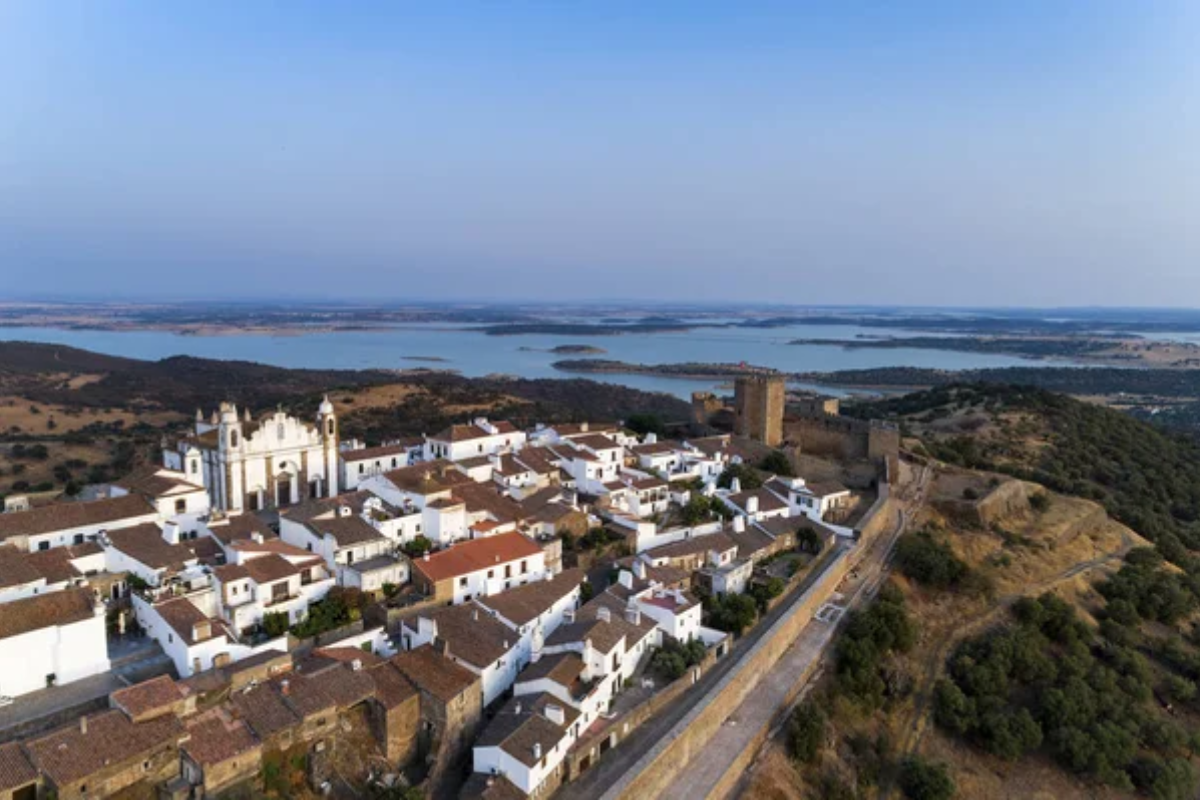
This walled hilltop village offers magnificent views over the Alqueva Reservoir, Europe’s largest artificial lake, from its well-preserved medieval ramparts. The uniform whitewashed buildings with distinctive dark trim create a harmonious architectural ensemble that appears almost unchanged since medieval times.
The village has carefully managed limited tourism development, maintaining residential areas where ordinary village life continues around photogenic corners away from the main street.
Belmonte
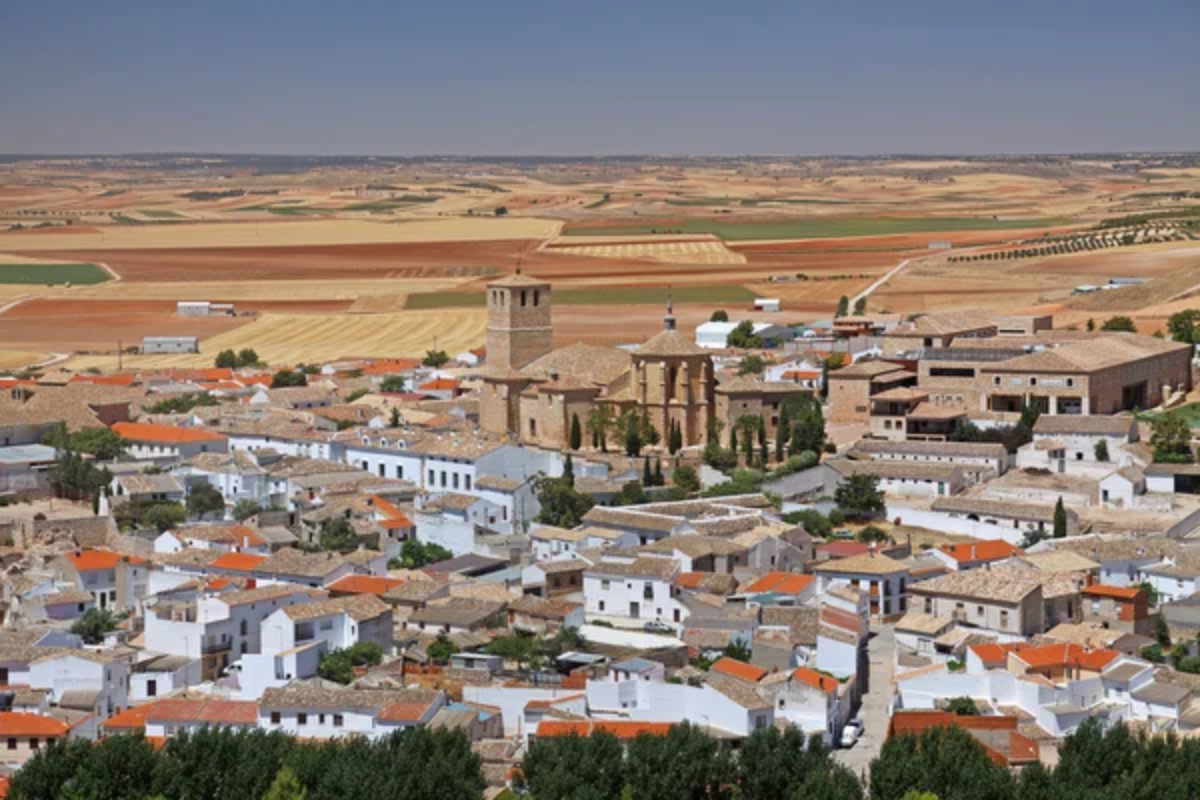
This historic village maintains living connections to Portugal’s Sephardic Jewish heritage through its community of Crypto-Jews who maintained their faith in secret during centuries of persecution. The Jewish quarter features subtle architectural clues to its heritage, alongside a modern museum documenting this remarkable story of cultural persistence.
The peaceful setting beneath an imposing castle creates perfect conditions for contemplating the village’s complex religious history spanning Roman, Islamic, Christian, and Jewish influences.
Like Travel Pug’s content? Follow us on MSN.
Almeida
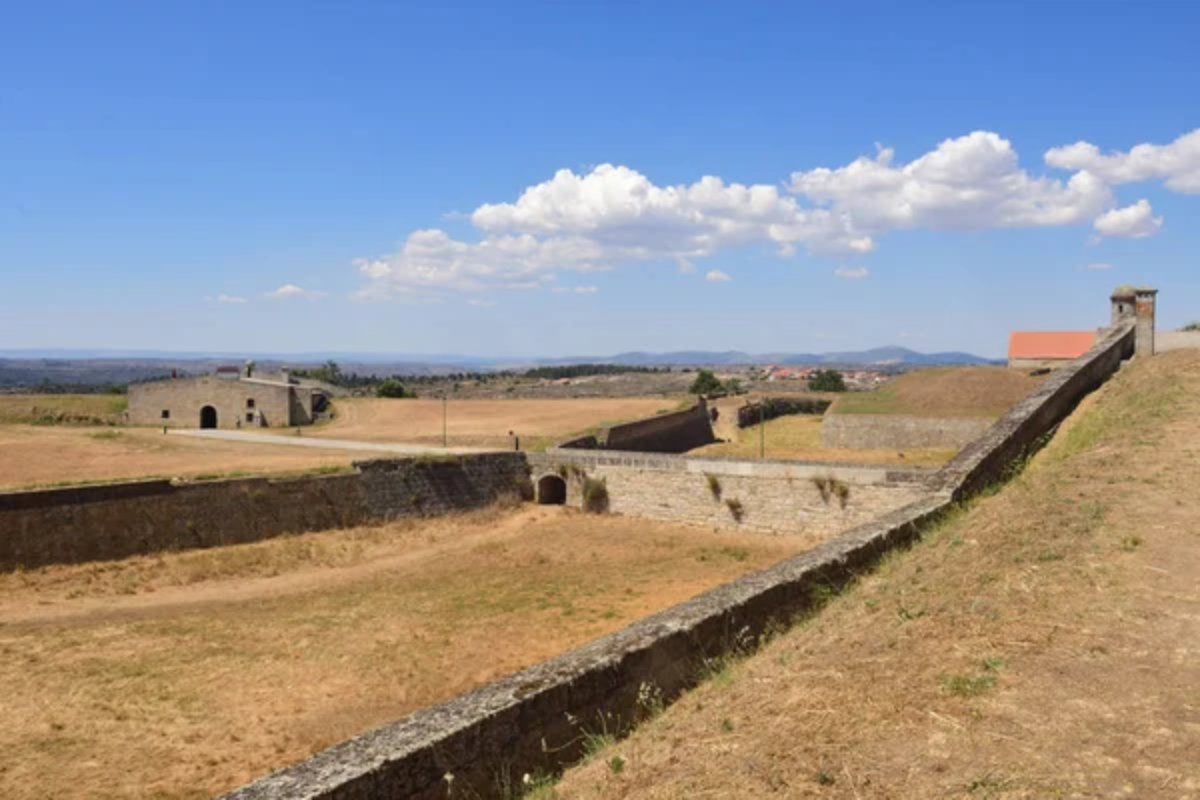
This star-shaped fortress village represents one of Europe’s finest examples of military architecture, with massive defensive walls forming a perfect hexagon visible only from above. The geometric precision of the 17th-century fortifications contrasts with the organic arrangement of streets and squares within, where everyday village life unfolds at a leisurely pace.
The remarkably intact defensive system includes underground passages, guard houses, and ammunition stores open for exploration.
Penela da Beira
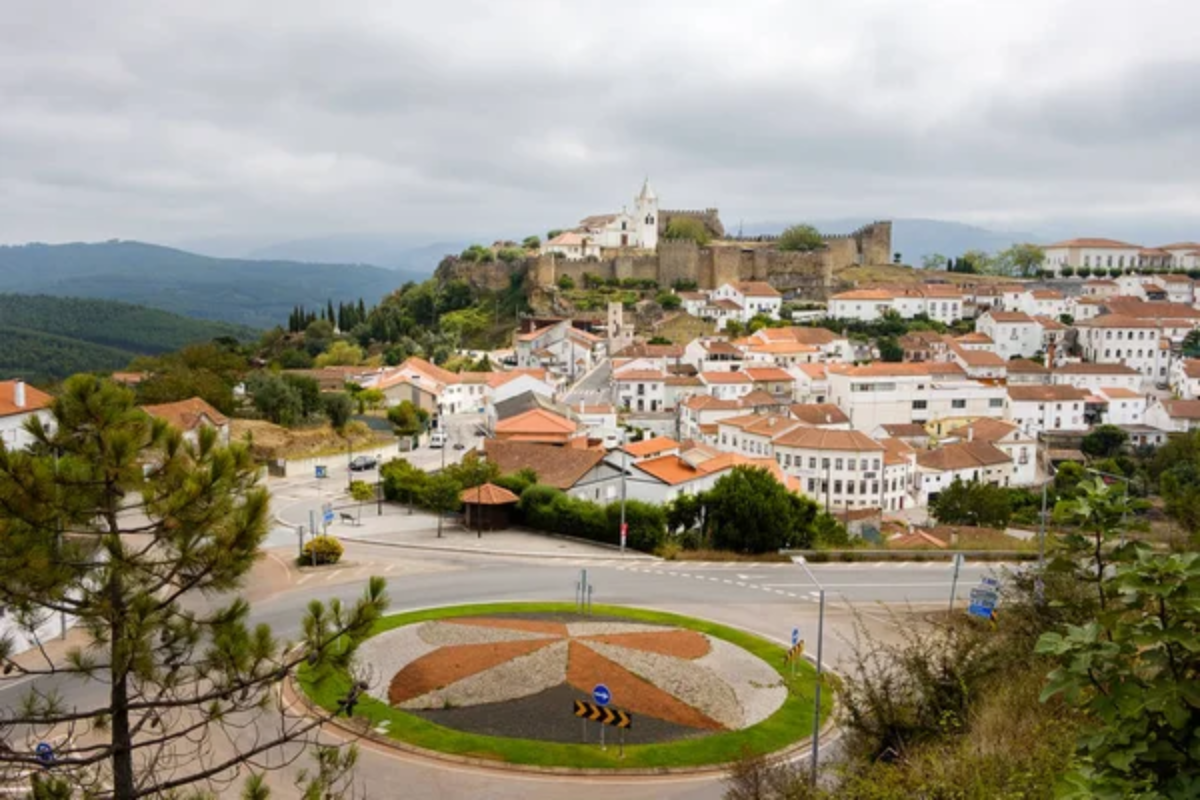
This tiny Douro Valley village stands largely overlooked by tourists despite its picturesque setting among terraced vineyards producing some of Portugal’s finest wines. The settlement follows traditional regional architecture with granite houses featuring distinctive balconies and external staircases leading to upper living quarters.
Village fountains still serve as gathering points for residents who maintain agricultural traditions that have changed little across generations.
Janeiro de Cima

This riverside village along the Zêzere features distinctive architecture combining schist stone with white river pebbles to create decorative patterns on house facades. The community maintains traditional crafts, including linen production, with demonstrations available at the local museum housed in a perfectly restored traditional dwelling.
The peaceful riverbank provides perfect picnic spots beneath ancient trees where visitors can enjoy locally produced cheese and bread while listening to the flowing water.
Like Travel Pug’s content? Follow us on MSN.
Dornes
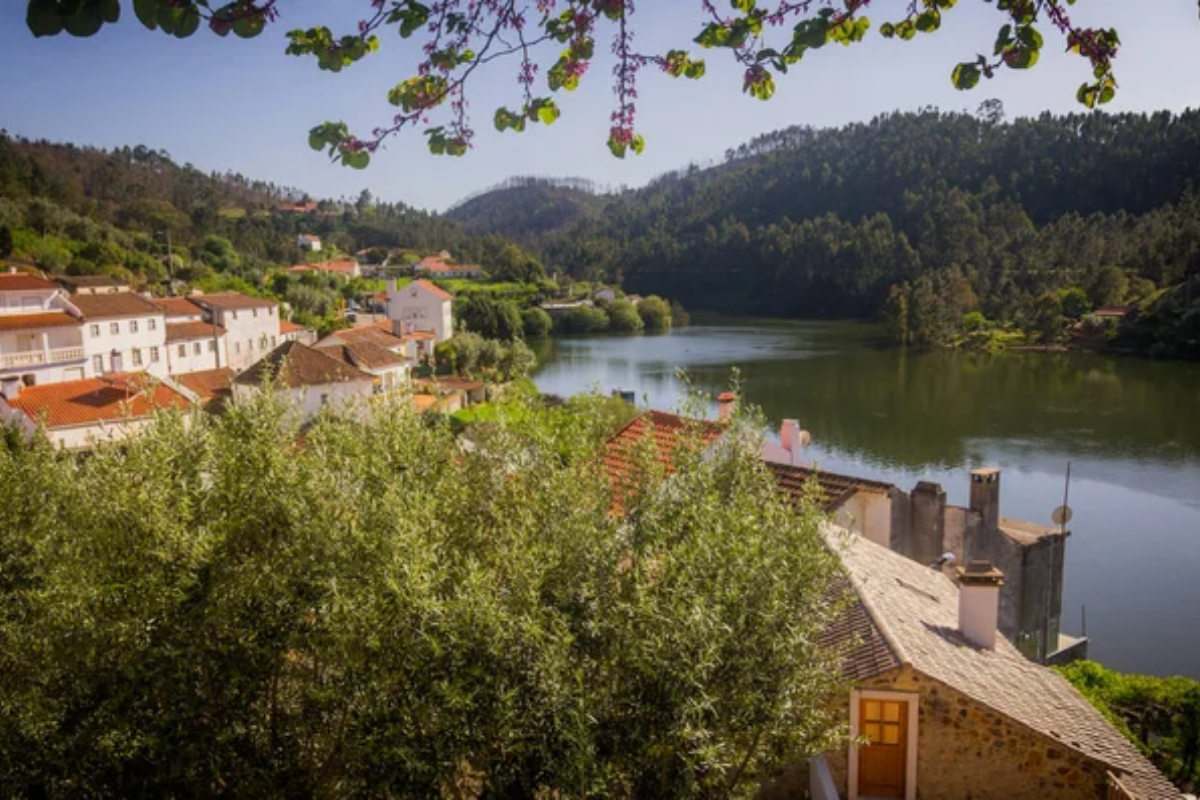
Built on a small peninsula extending into the Zêzere River, this remarkably peaceful village centers around an unusual pentagonal Knights Templar tower. When viewed from nearby hills, the settlement seems to float on the surrounding waters, creating a scene of extraordinary tranquility.
Local fishermen still use traditional methods on the clean waters, while the village market offers regional products, including fig cakes and olive oil from centuries-old groves.
Aldeia da Mata Pequena
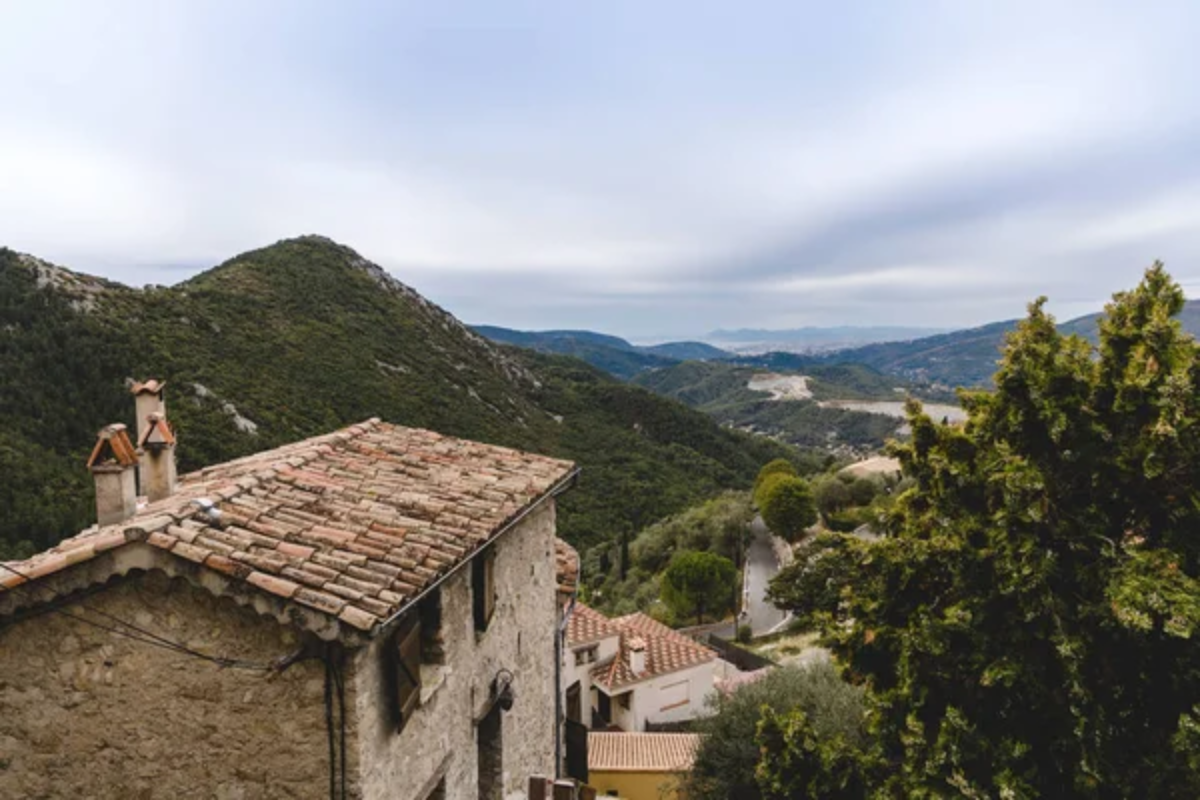
Meticulously restored after near-abandonment, this tiny settlement near Lisbon now functions as a living museum of rural Portuguese life. Each house has been carefully returned to its original condition using traditional techniques and materials, creating an authentic representation of village architecture from the region.
Despite its proximity to the capital, the village maintains perfect silence, interrupted only by birdsong and the occasional church bell from a neighboring parish.
Água de Alto
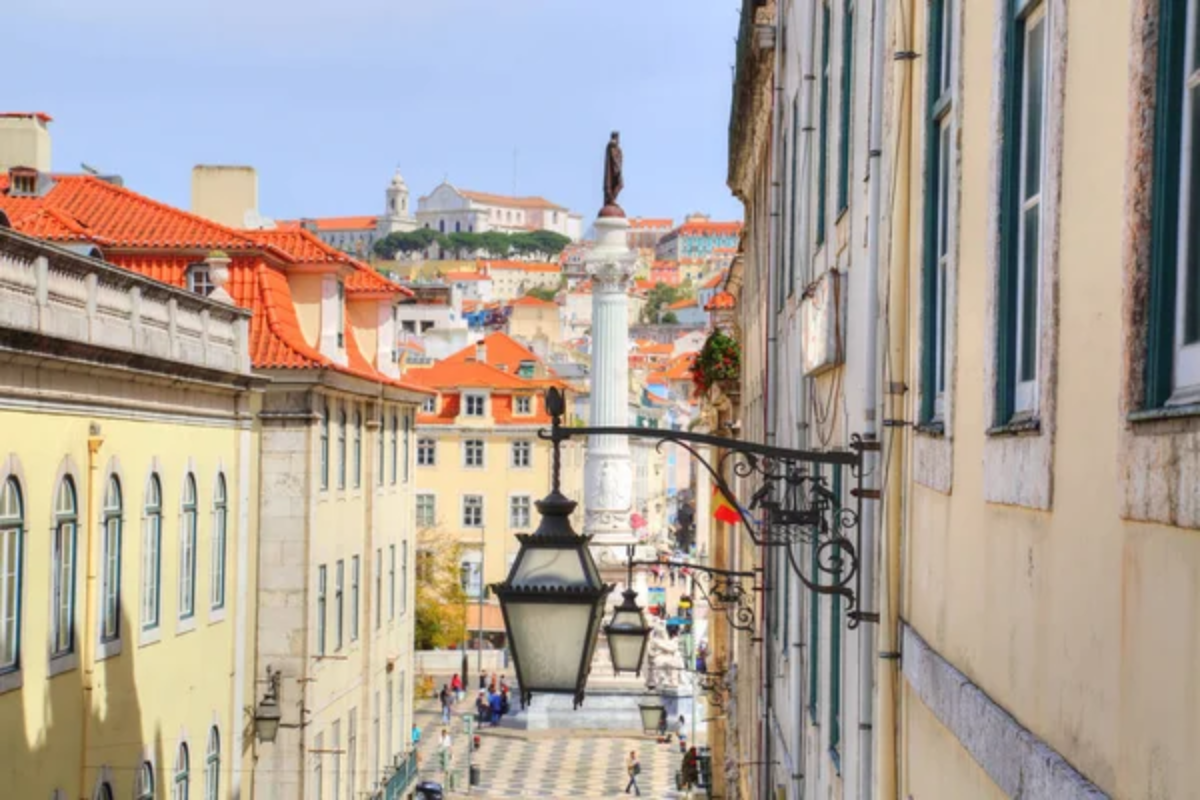
This Azorean village on São Miguel Island offers a different vision of Portuguese rural life with distinctive architectural elements reflecting the volcanic island environment. Black basalt stone walls contrast dramatically with whitewashed facades and colorful trim around windows and doors.
The peaceful village setting provides spectacular views over both the Atlantic Ocean and the lush green interior landscapes characteristic of these mid-Atlantic islands.
Like Travel Pug’s content? Follow us on MSN.
Beyond the Guidebooks
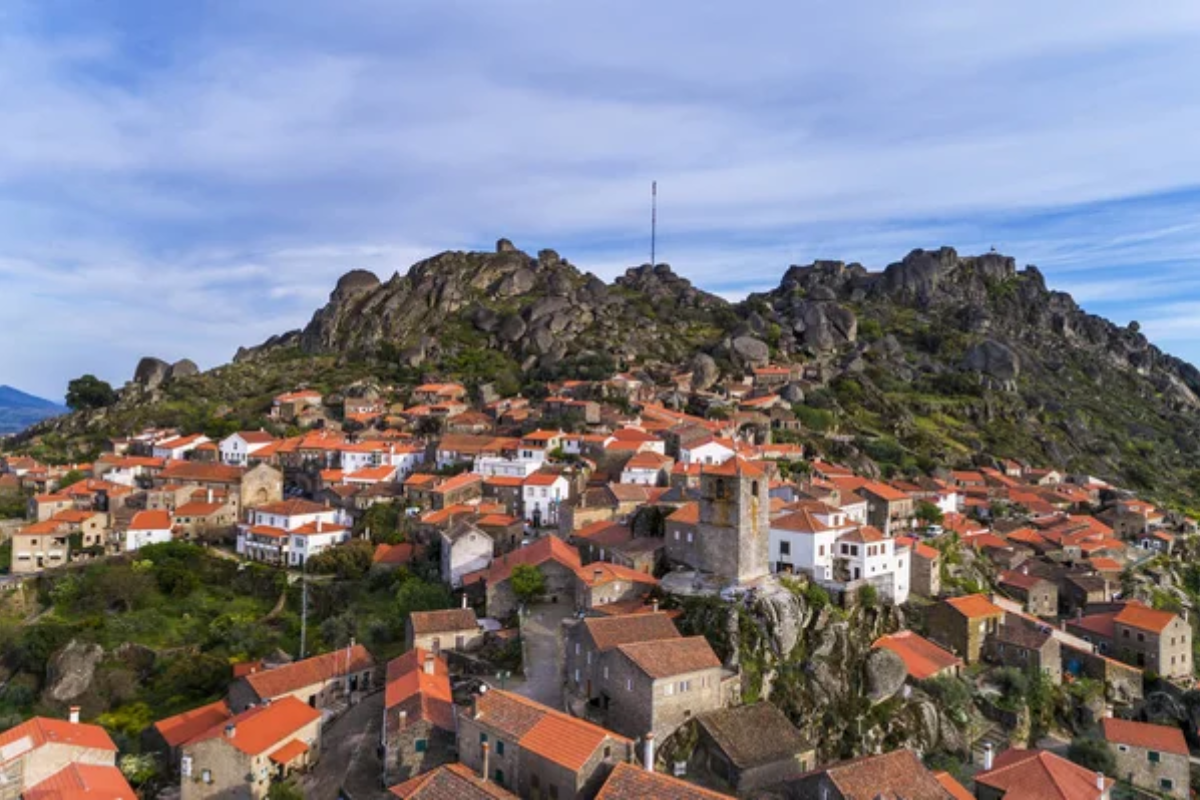
Portugal’s quiet villages offer more than just photogenic scenes—they provide authentic connections to a way of life increasingly rare in modern Europe. In these settlements, visitors experience the genuine hospitality of rural Portuguese culture, where a simple greeting often leads to conversations spanning history, agriculture, and local traditions.
While tourism inevitably changes places it touches, these villages maintain their essential character through communities that value their architectural heritage and cultural practices. The effort required to discover these hidden gems ensures they remain peaceful havens where authentic Portugal endures, little changed by the passage of time or the trends of contemporary tourism.
More from Travel Pug

- Cities Growing so Fast You Won’t Recognize Them in 10 Years
- 13 Destinations Where Tourists Regularly Regret Their Trip
- 16 U.S. Cities That Are Quietly Becoming Travel Hotspots
- Where to Travel If You Love Long Bus Rides and Daydreams
- 20 Cities Perfect for Solo Travelers Who Crave Adventure & Culture
Like Travel Pug’s content? Follow us on MSN.
